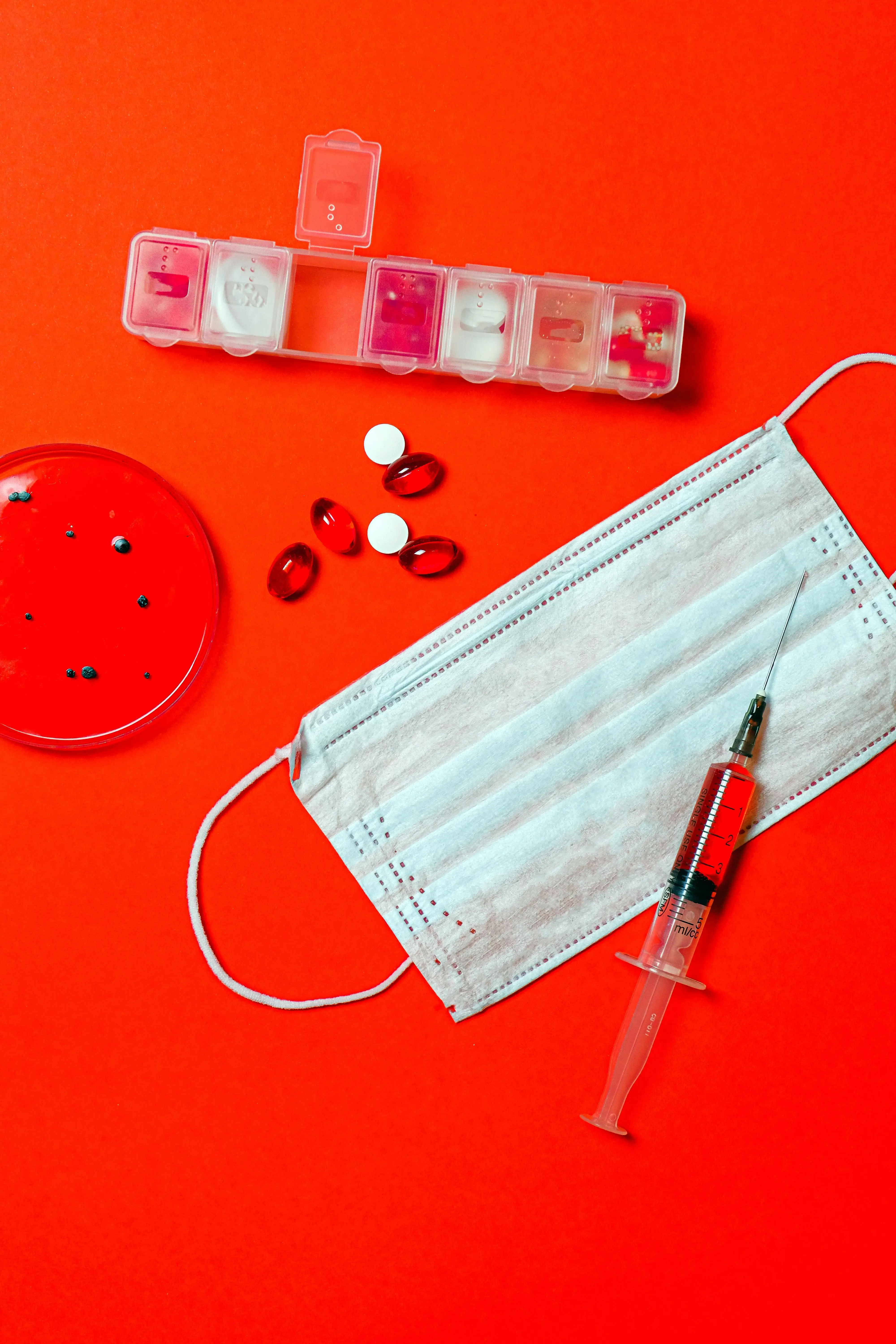
Vaginal seeding is a recent pregnancy fad. It involves placing gauze swabs in the mother’s vagina. After delivery by C-section, the baby is rubbed all over with the swabs containing the mother’s vaginal fluid. Along with the body, the swabs are rubbed on the eyes and the mouth of the baby as well. The goal of vaginal seeding is to transfer all the microorganisms that a baby would get during a normal vaginal delivery.
The incidence of Cesarean section has increased dramatically globally. There has been a concurrent increase in allergic and autoimmune diseases. There is a long-standing hypothesis that exposure of the newborn to vaginal microflora reduces the risk of developing allergic disorders. A study conducted in Denmark which studied the health data of 2 million children found that children born by C-section had a significantly increased risk of asthma, systemic connective tissue disorders, juvenile arthritis, inflammatory bowel disease, immune deficiencies, and leukemia.
However, many recent studies found that the differences in microbiome between babies born by C-section and vaginal delivery disappear 6 weeks after birth.
What are the risks associated with vaginal seeding?
There is not enough research to back the benefits of vaginal seeding. The American College of Obstetricians and Gynecologists (ACOG) discourages this practice.
Vaginal seeding can cause potentially life-threatening infections in your baby. If you have a vaginal infection with group B Streptococcus (seen in 20% of pregnant women), Herpes, Chlamydia, or gonorrhea, you can pass it to your baby. Infection with either one of these microorganisms could lead to eye infections or neonatal sepsis which is a serious infection of the blood that could kill your baby. Although the likelihood of infection is low, the benefits probably don’t outweigh the risks.
Women with a vaginal infection, are treated with antibiotics before they have the baby. Especially where vaginal delivery is planned.
How can you boost your baby’s microbiome?
1. Breastfeeding – This is the most effective way of boosting your newborn’s immunity and transferring the beneficial bacteria to your child. Around 30% of the good bacteria in your baby’s gut come from breast milk.
2. Delaying your baby’s first bath to 12 hours or beyond.
3. Avoiding unnecessary antibiotics
4. Maintaining skin-to-skin contact with your baby after delivery. The bacteria on the skin around your breasts, especially the areolae, are good for your baby.
It is advisable to discuss with your doctor before following any health fad.
Did you find my article “Vaginal Seeding-Risks vs Benefits” helpful or know somebody who would? I’d really love it if you could share it.



